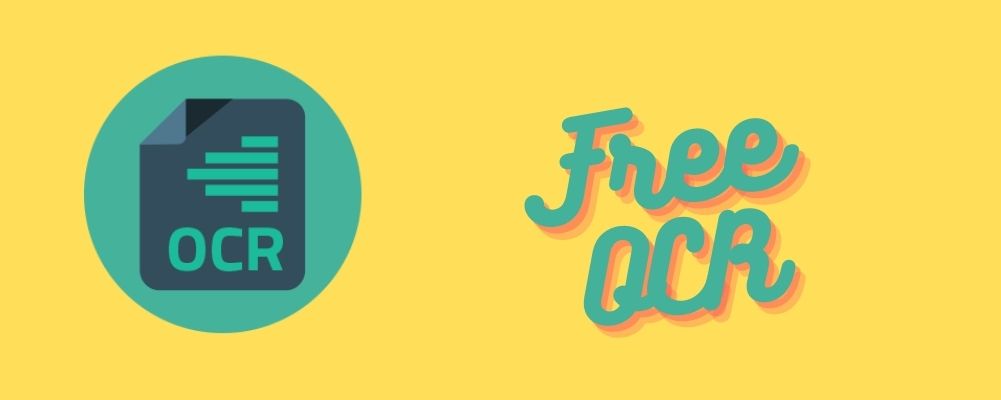

This will create all the data files you need, and you just need to move Inttemp, pffmtable) to have your lang prefix, and run (mind the dot at To do that, rename each of the language files (normproto, Microfeat, If you don't plan on doing that, the last step is to combine the various Mftraining -F font_properties -U unicharset -O lang.unicharset *.tr cntraining *.tr Next, create the clustering data: :::bash Supplied with Tesseract and I've added the two bold rows for theīlackletter fonts I'm training. Note that this is the standard font_properties file that should be Whether it has the following characteristics: \ \ Should list every font you're training, one per line, and identify When that's complete, you need to create a font_properties file. Next, you need to detect the Character set used in all your box files: :::bash When that's done, you feed the box file back into tesseract: :::bash Similarly, if two letters were detected as one, break them up into If a letter was skipped, add it as a row to the boxįile. Once you've opened it, go through every letter, and make sure it wasĭetected correctly. If you need to use a multi-page tiff, see the You'll now have a file called, and you'll need to Which is just a file containing x,y coordinates of each letter it foundĪlong with what letter it thinks it is. To see how well it can do with the new font. The next step is to run tesseract over the image(s) we just created, and

#Ocr font use pdf#
Process multiple times, creating one doc → pdf → tiff per font You're adding multiple fonts, or bold, italic or underline, repeat this You'll now have a good training image called. , with langįor your language), and then use the following command to convert it toĪ 300dpi tiff (requires imagemagick): :::bashĬonvert -density 300 -depth 4 Set the text to the font you want to use, and save it as Set your line spacing to at least 1.5, and space out the letters byĪbout 1pt. This file contains the training text that is used by Tesseract for the The contents of the attached file named 'standard-training-text.txt'. To create training documents, open up MS Word or LibreOffice, paste in In fact, there are quite a few fonts designed specifically for OCR including OCR-B and MICR E-13B. Others may more easily add fonts to their system.Ĭreate training documents Despite the fact that modern OCR systems don’t need specialized fonts such as OCR-A, it is still widely used on ID cards, statements, and credit cards. Powerful OCR engine, but their instructions for adding a newĪre incredibly long and complicated. Have corrections to the article, please send them directly to me using Help with these instructions, go to Stack Overflow and ask there. Update: I've turned off commenting on this article because it was justĪ bunch of people asking for help and never getting any.


 0 kommentar(er)
0 kommentar(er)
